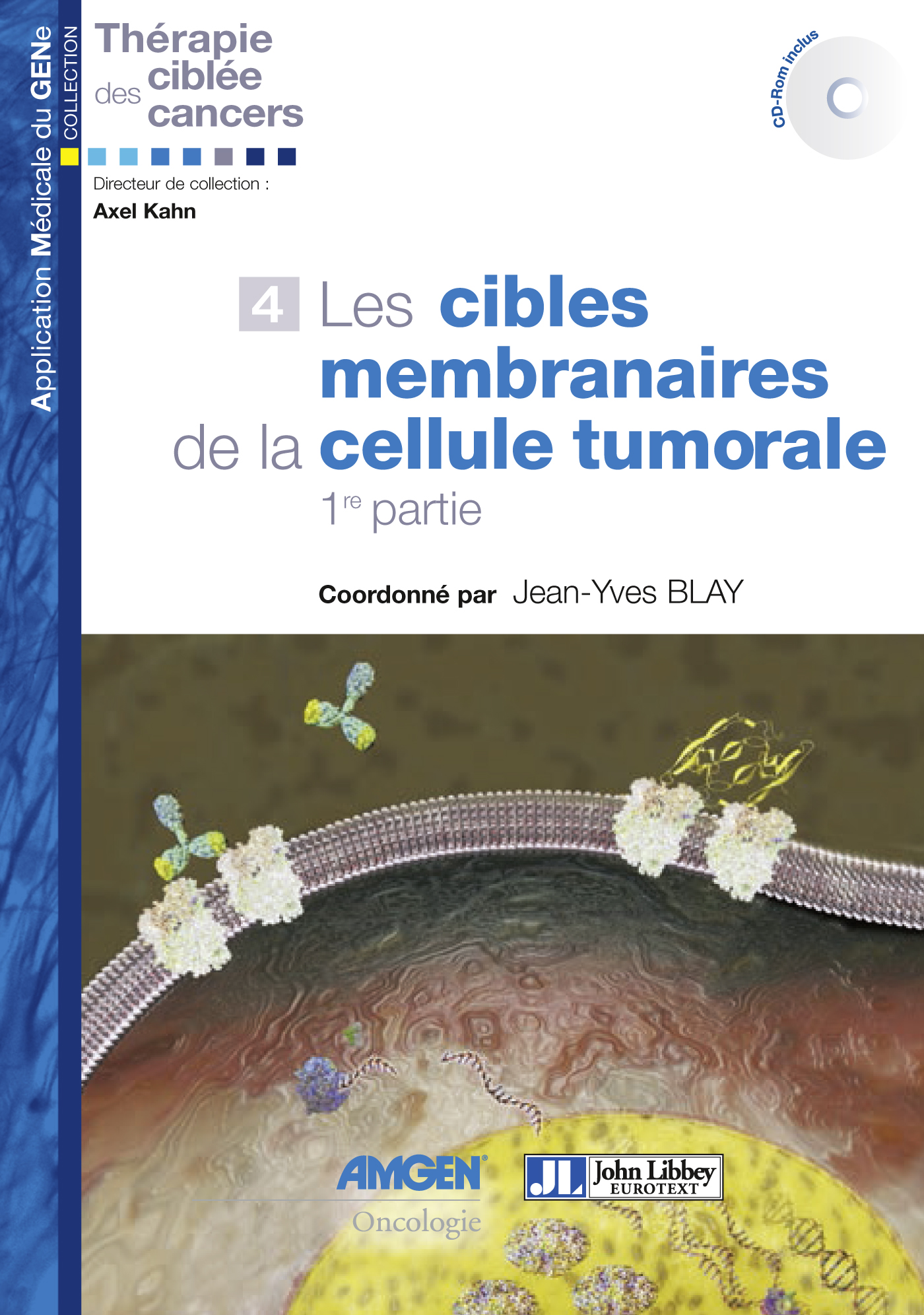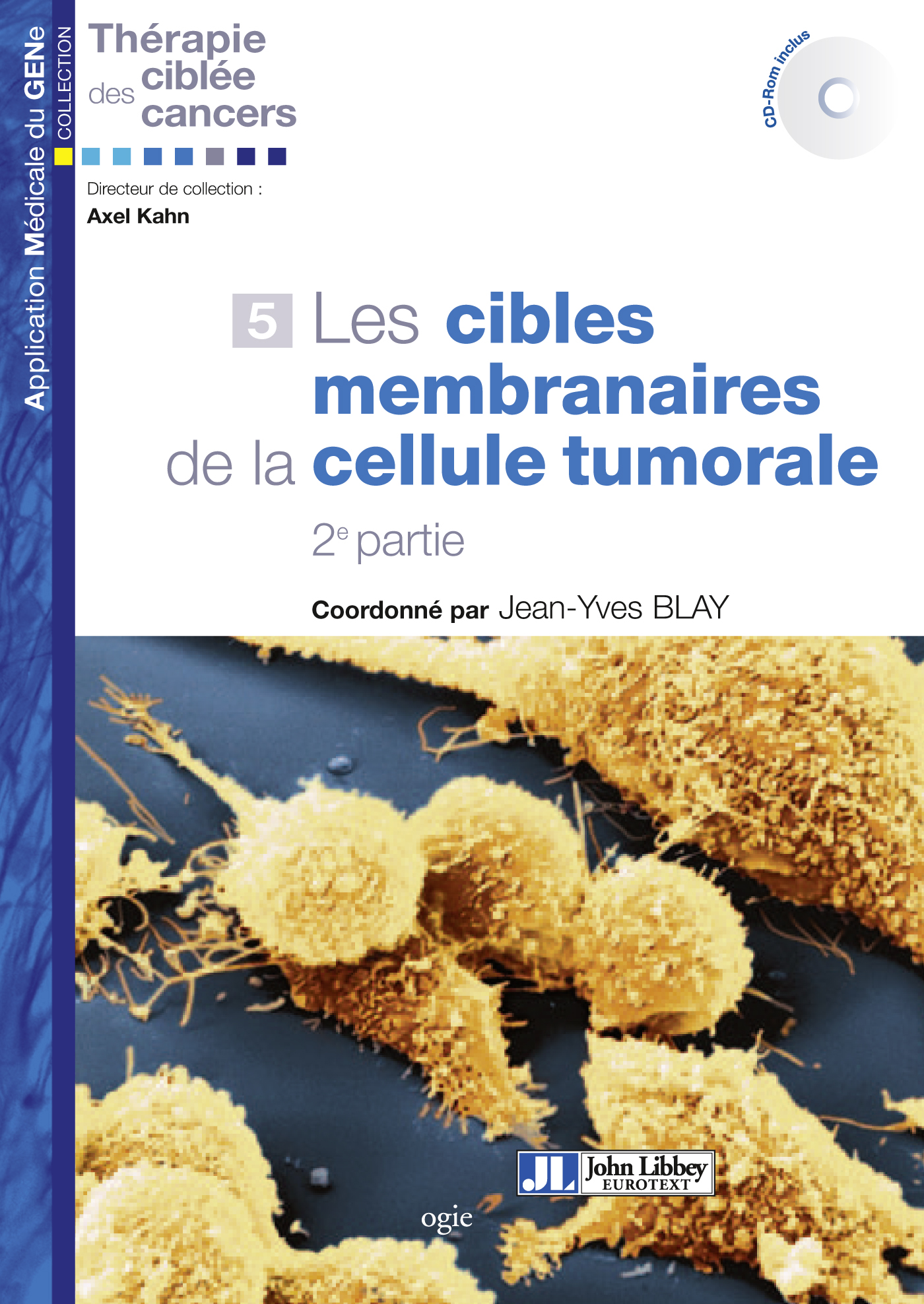(for every order > 35€)
Book written in french
The question central to targeted therapy strategies is "where to target the beast to stop and/or kill it in its tracks", the animal in question being of course, the cancer which must be hit in the heart, the head or at the very least, the legs. On a cellular level, this metaphor is the subject of two volumes in the collection (4 and 5) which are devoted to membrane targets since they are, a priori, the most easily accessible.
This 4th volume evaluates the potential for several receptors present on the cancer cell plasma membrane and endowed with tyrosine kinase activity to act as effective, lethal or incapacitating targets: these include EGFR (J. Robert) ; KIT and PDGFR (J.F. Émile) ; MET (J.-P. Borg) ; HER-2, 3 and 4 (F. Penault-Llorca) ; RET (C. de la Fouchardière, J.-P. Droz) ; IGF-1R (J. Dômont, A. Cioffi, A. Le Cesne). Most frequently, inhibiting the target produces the desired effect. In other cases, it is activation which is sought. This is the case for the death receptors DR4 and DR5 (S. Vignot) and RANK (P. Clézardin).
In each chapter, the authors give details of the function of the target, its pathophysiological role in the selected models, the therapeutic results obtained and the future perspectives some models offer, illustrating their proposals with molecular-level drawings in colour.
It is a well known fact that cancer is a difficult beast difficult to track down. The 5th volume in the collection, which is also co-coordinated by Jean-Yves Blay, will attempt to identify new potential membrane targets.
CONTENTS
Part I. Tyrosine kinase receptors
Targeting the EGF receptor
KIT and PDGFR
The MET receptor
HER-2, 3 and 4
The RET protein
The insulin-type growth factor receptor pathway (IGF-1R)
Part II. The death receptors
Cell death receptors DR4 and DR5
RANK/RANKL/OPG in primary and secondary bone tumors

